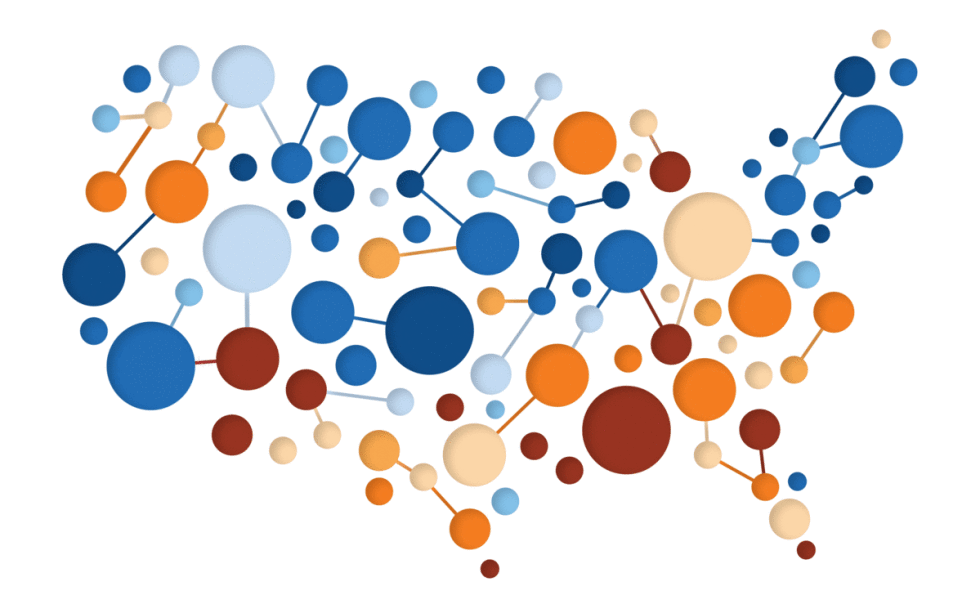How to limit global warming to 1.5°C
A POST AMERICAN EUROPE AND THE FUTURE OF US STRATEGY
Chasing The Ghosts: Investigating The Attribution Of Transnational Cyber Attacks
The 2017 Distressed Communities Index
JAPAN, A PACIFIST IN NAME ONLY
Japan is a pacifist in name only. Article 9 of its constitution prohibits the use of military force for offensive purposes. Any weapons acquired or developed by the military must be intended for defensive purposes. But this hasn’t stopped Tokyo from building out its military capabilities, of course. In 2014, the government approved a reinterpretation of Article 9 to grant the military powers to exercise the right of collective self-defense — essentially allowing Japanese forces to come to the aid of allies under attack during operations deemed necessary for Japanese security.
With the outcome of the crisis on the Korean Peninsula still in doubt, with China growing more assertive around the sea lanes in the East and South China seas that are so vital to the Japanese economy, and with the uneasiness about U.S. security commitments to the region, Tokyo evidently feels that empowering the Japanese military is too important to be subjected fully to the political whims of the Japanese public. All governments tend to act on security issues regardless of the public’s feelings.
Japan has no choice but to prepare for a day when it is forced to take greater responsibility for securing its interests. This is because the country must import nearly all the oil and raw materials it requires to function economically and militarily.
And so, for the first time since 1945, Japan has to consider stepping out from under the U.S. security umbrella. And this means Japan needs fighter jets capable of waging war to keep traffic flowing through the South China Sea — even if only to deter others from attempting to wage war themselves — or long-range cruise missiles capable of neutralizing the North Korean threat should the situation demand it.


